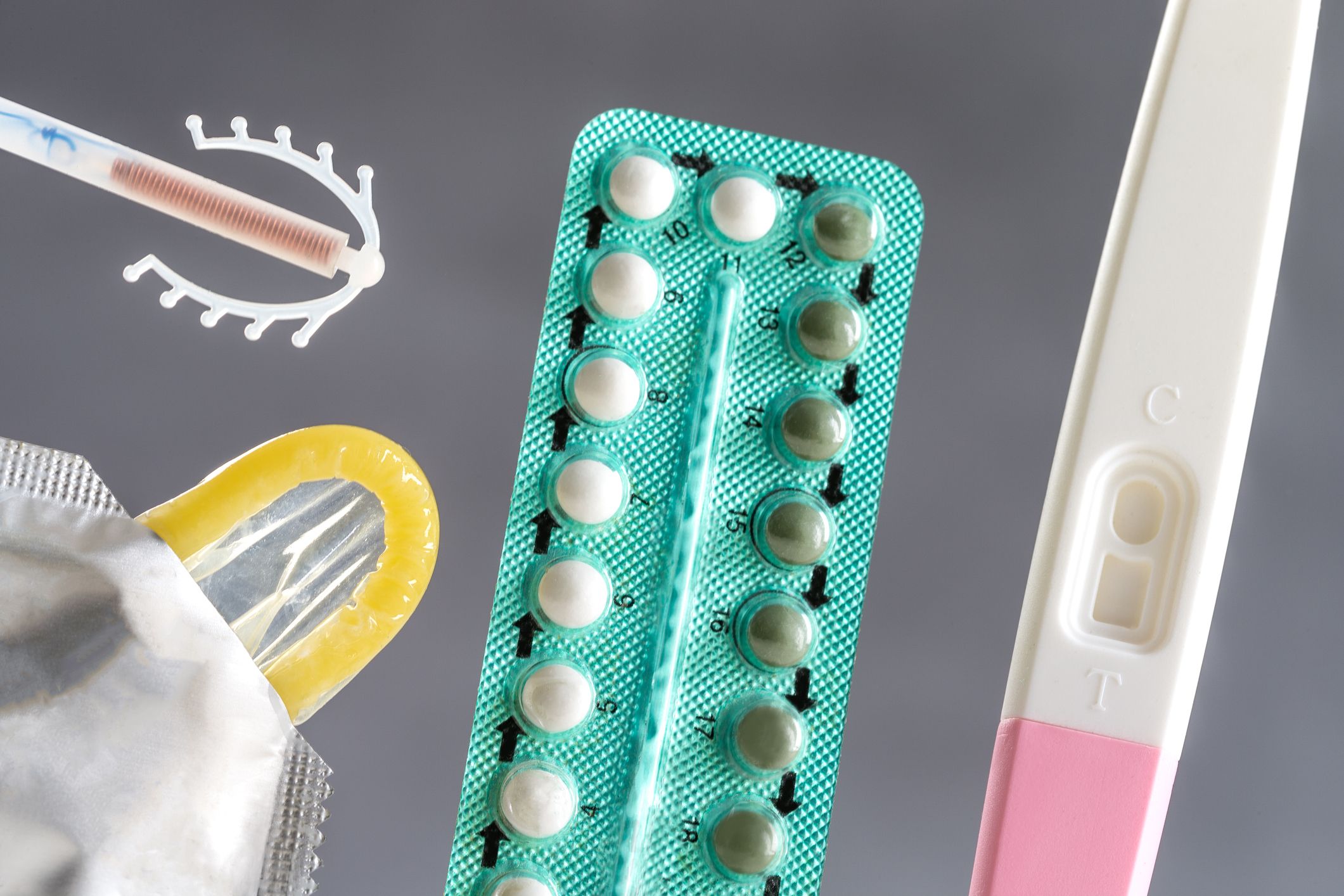Gynecology
Want to learn more about this at Kettering Health?
When it comes to birth control, women have more choices than ever. A quick Google search can yield millions of “hits” about everything from implants and injections to birth control pills and natural family planning. How do you choose which option is right for you?
“Women can learn a lot on the Internet and from their friends’ experiences, but everyone’s situation is unique,” says Dr. Beverly Alten, an OB-GYN who sees patients in Hamilton, Ohio. “It’s so important to have an in-depth conversation with your doctor about your options before making this important decision.”
The most popular option
Dr. Alten notes that female sterilization—getting your fallopian tubes tied—is by far the most popular form of birth control. According to the Centers for Disease Control and Prevention, almost one in five women aged 15 to 49 chooses this option.
“Getting your tubes tied is ideal for many women, but statistics show that about half of those who do it before the age of 30 end up regretting their decision,” Dr. Alten says. “When younger patients come to my practice and express interest in female sterilization, I encourage them to consider long-acting reversible methods, which are very effective and cause few side effects.”
Long-acting reversible options
One type of long-acting reversible is the intrauterine device (IUD). This small, plastic, often T-shaped device is inserted into a woman’s uterus. Some IUDs release a hormone that helps prevent pregnancy. These provide the added benefit of reducing menstrual bleeding and cramps.
The first IUD was invented over 100 years ago, and recent refinements have increased this method’s popularity. For example, women who prefer a hormone-free birth control option can consider the Paraguard IUD. Still made of plastic, the Paraguard is partially wrapped with a thin layer of copper. It works just as well as hormone-releasing IUDs to prevent pregnancy but can be effective for up to twice as long (10 years).
Another type of long-acting reversible is an implant called Nexplanon. This implant puts a steady, low hormone dose into the bloodstream to prevent pregnancy. It is placed under the skin of the upper arm and can help prevent pregnancy for up to three years. If a patient wishes to discontinue for any reason, the implant (like an IUD) is easy to remove.
Trial and error
Birth control pills are also highly effective—as long as you take them as directed. These pills contain one or more types of hormones in various doses. Women often find a pill they like right away. But some birth control pills can cause side effects such as cramping or breakthrough bleeding. It may take a few months of trial and error to figure out which pill works best for you.
“So much goes into a decision about choosing a birth control method,” Dr. Alten says. “I tell women to do their research and come to their OB-GYN appointment with an open mind and a list of questions. Working with your doctor, you can find an effective, safe option that works well for you.”










